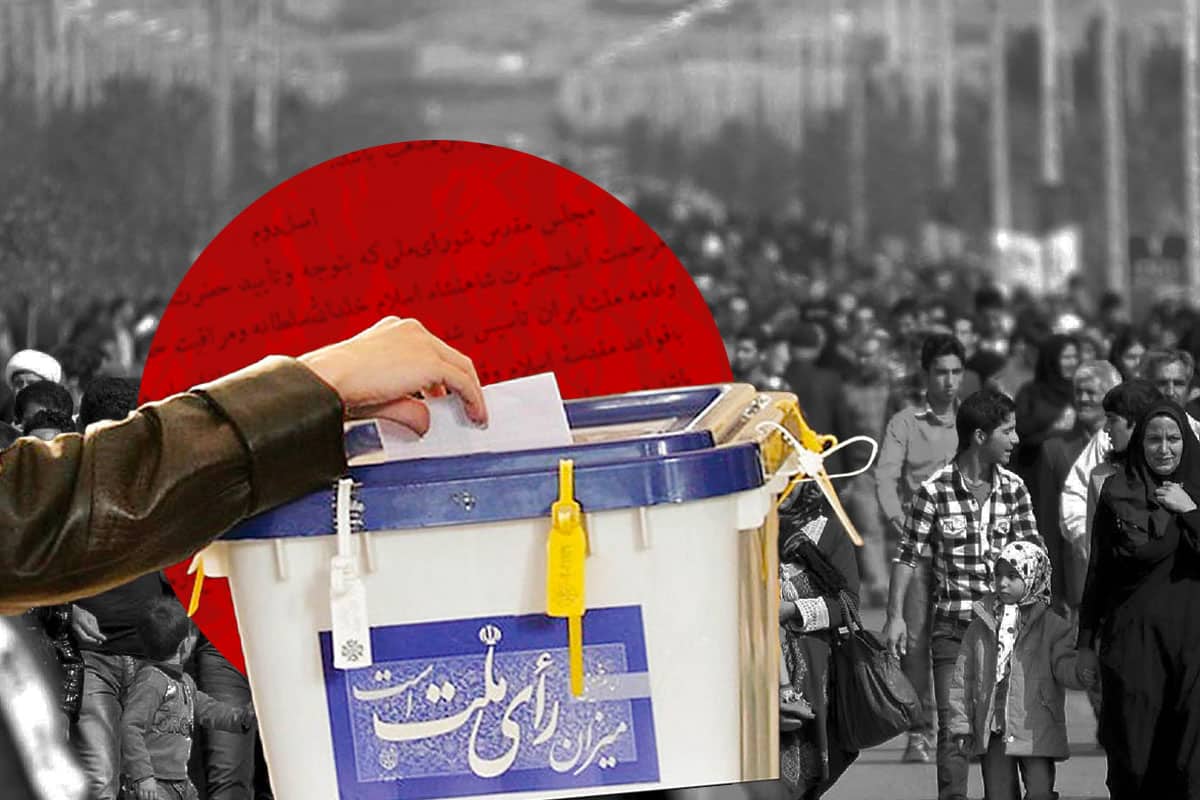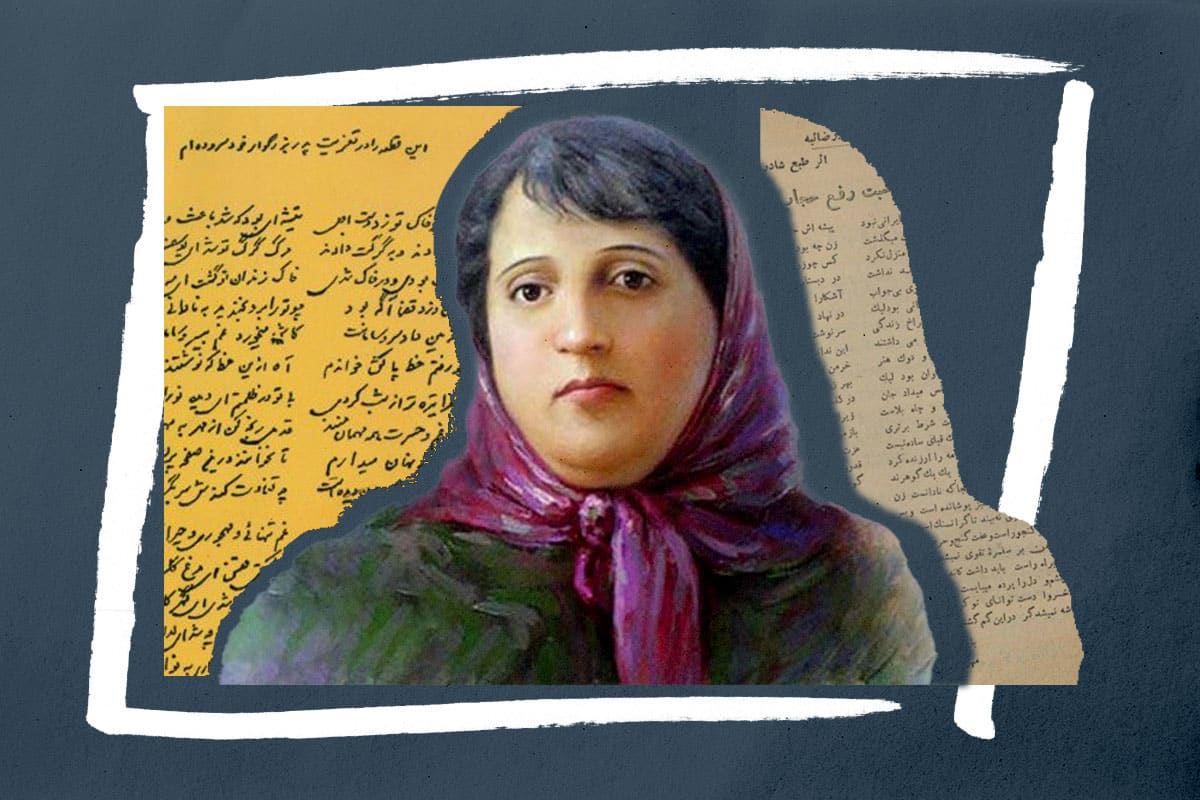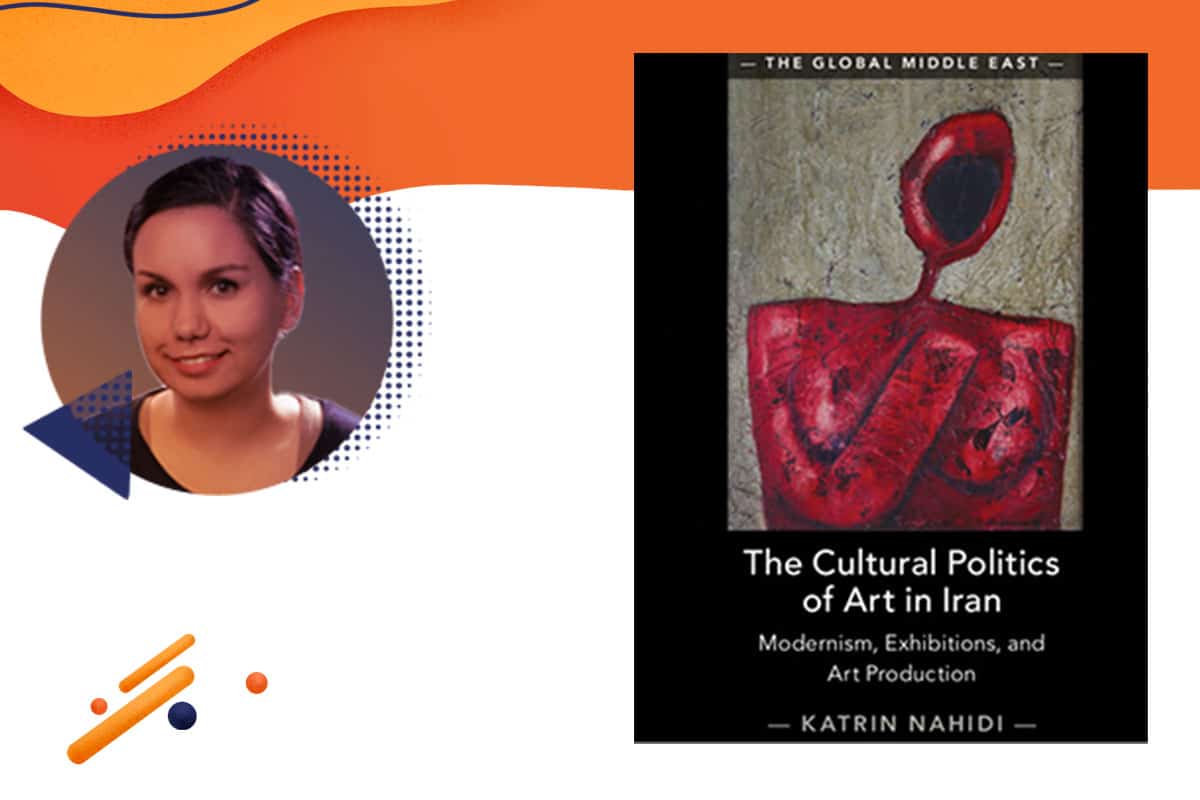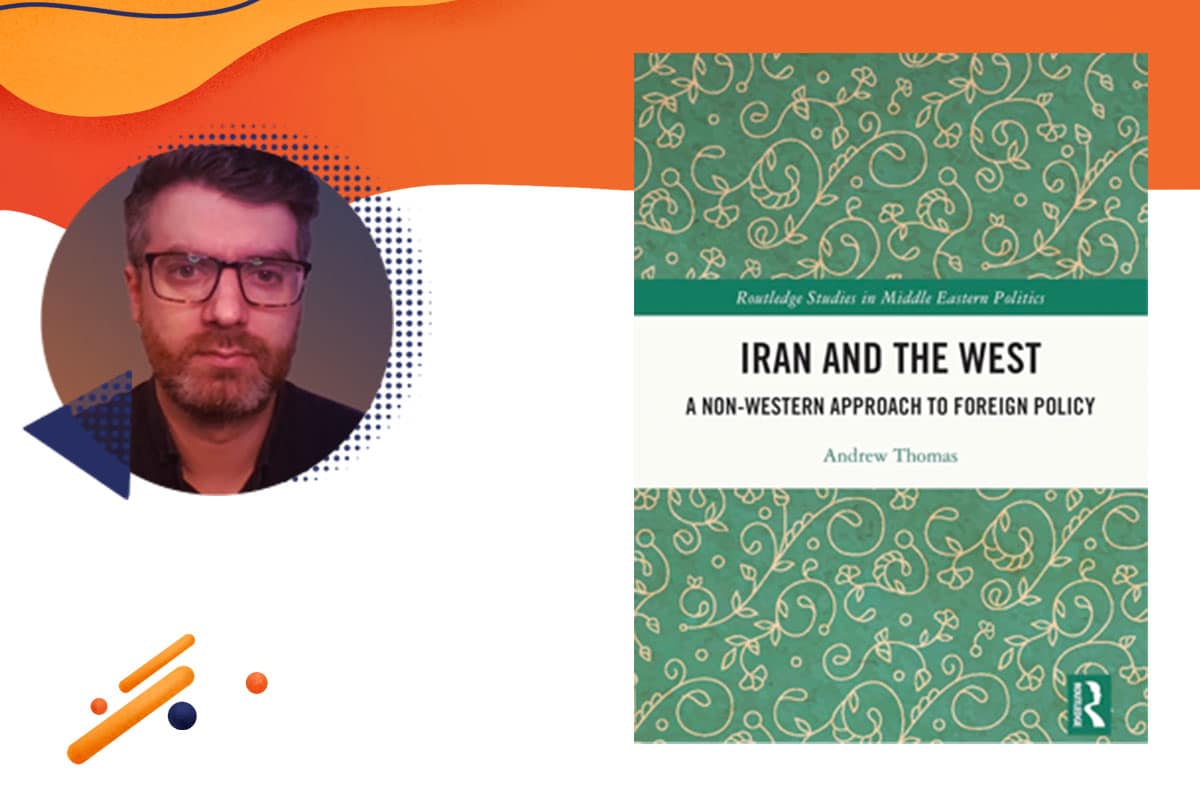Note: This blog was inspired by Spotlighting an Author event with Dr. Kian Tajbakhsh, where he discussed his book “Creating Local Democracy in Iran: State Building and the Politics of Decentralization”. I am grateful to Dr. Tajbakhsh for not only volunteering his time during the event but also for looking over this blog post.
– Sydney Martin
The Constitutional Revolution was a turning point for the origins of local government in Iran, as well as for modern society. Republican framers pushed for a constitutional monarchy by adopting and adapting a number of provisions from European constitutions to create local authorities, municipalities, and governments. Four sets of laws established in 1907 acted as the building blocks of local government in Iran: town laws, provincial laws, department laws, and territorial laws. Two points from this time emerged that have great relevance to the challenges facing Iran today. The elite republican constitutionalists sought to create a centralized government with enough capability to be able to govern a country that was facing counter-constitutionalist royalist attacks and on the verge of fracturing. The country was not well established in terms of administrative structure and the constitutionalists wanted to establish enough centralized power to impose their constitutionalist, republican, and quasi-liberal constitution on the country — they wanted to effectively govern. During that time, the anjomans, which had played an important role in the local and town associations, as well as during the constitutional revolution, wanted more authority and responsibility. However, Iran was in an early stage and did not have effective control over its territory —it did not have its writ. The central government was wary of decentralizing and giving too much power to the anjomans because they were afraid of the centrifugal forces that could basically undo the gains of the constitutional revolution. Therefore, they insisted on keeping the local governments as subordinates to the central government. We must keep in mind that limiting the power of the local government is not necessarily an undemocratic move — take, for example, France or the United Kingdom. One can have a relatively weak sub-national system, but as long as it’s working in tandem with a democratic agenda from the national level, it could support a democratic agenda, which was a core objective of the Constitutional Revolution.
Under the Pahlavis, Iran experienced a period of authoritarian centralization. The Pahlavis did not leave room for growing local institutions, and in many cases, they were stifled. Local institutions thus fell into abeyance. Therefore, when the Islamic Republic came into power and the Islamists included the shura and local councils in the new constitution, it was a new situation for Iran. However, it took 20 years before it was implemented. A 1955 municipality law included a “crucial provision” that granted a directly elected local assembly significant responsibilities vis-a-vis the municipal bureaucracy and the mayor. Although this was never enforced, and the anjomans never gained meaningful independence from the central government’s Ministry of Interior (MOI), it was a building block for the Islamic Republic of Iran.
With the current government of Iran in mind, Dr. Tajbakhsh notes that the conventional understanding is that the city and village councils were established in 1999 by reformist president Mohammad Khatami, whose platform sought to deconcentrate the centralized power of the regime. Yet, upon further review, it turns out that the 1996 Local Council Law had been initiated and passed by the hardline fourth Parliament (1992 – 1996). However, this was not the first consideration of local government in the Islamic Republic. The referendum that approved the constitution in December 1979 also approved elected local government as a legal component of the state system, but this was not implemented. In 1982, The Majles passed a “Law on the Organization of the Islamic Councils of the Country” superseding the first local councils law from 1979, but it too was never implemented. Still, the Majles continued to debate local councils and in 1985 approved new regulations for executing elections, governing personnel, and hiring practices. These laws suggest that “lawmakers had an interest in instituting decentralization to align with the constitution.” However, again, it remained unenforced. In 1992, the reconstruction government introduced a decentralization bill in response to urban protests that began in 1991 due to high urbanization and economic stresses among lower economic classes. It hoped that these local elected councils could “improve local management, absorb social discontent, and, like its national elected institutions, be subordinated to the regime’s monopoly power.” The reformists then implemented the legislation. On May 24, 1994, conservative cleric Ali Savoji Movahedi formally introduced the bill on the floor of the Majles. It called for “simultaneous implementation of the entire hierarchy of vertically nested direct and indirect elected councils mentioned in Articles 7 and 100 of the 1979 constitution.” The law was approved just before the fourth Majles came to a close by a large majority. It defines the “purposes, responsibilities, and structure” of elected local government as it relates to the intergovernmental system and elaborates on the purpose of municipal government as it relates to the administration of local affairs.
However, different groups had various goals for local democracy. Because of this, over the next two decades and over six rounds of elections, four different groups of actors pursued three agendas for decentralization. Velayi Islamists, who espouse a maximalist interpretation of the velayet-e faqih principle of clerical rule, pushed for Islamization. Apolitical technocrats and bureaucrats, as well as moderate Islamist parties such as Kargozaran and the Islamic Engineers Association, sought to implement managerialism and administrative efficiency. Lastly, Islamic reformists advocated for democratization within the Islamic Republic. In his book, Dr. Tajbakhsh further details these distinct competing social projects and the key actors engaged in the political decentralization reforms. A well-researched analysis of political decentralization in Iran, learn more details of this process by watching our Spotlighting an Author event with Dr. Tajbakhsh. For further information, check out his book Creating Local Democracy in Iran: State Building and the Politics of Decentralization here.
Works Cited
Tajbakhsh, Kian. Creating Local Democracy in Iran: State Building and the Politics of Decentralization. (Cambridge University Press, 2022.)
Sydney Martin is the Program Manager of the Iran 1400 Project. He received his BA in Middle Eastern Languages and Cultures from the University of Texas at Austin. Prior to joining the Iran 1400 Project, he studied in Tajikistan with a Fulbright-Hays scholarship and interned at the Atlantic Council's Rafik Hariri Center for the Middle East, as well as the Critical Threats Project.
-
Sydney Martinhttps://iran1400.org/author/sydney-martin/
-
Sydney Martinhttps://iran1400.org/author/sydney-martin/
-
Sydney Martinhttps://iran1400.org/author/sydney-martin/
-
Sydney Martinhttps://iran1400.org/author/sydney-martin/




